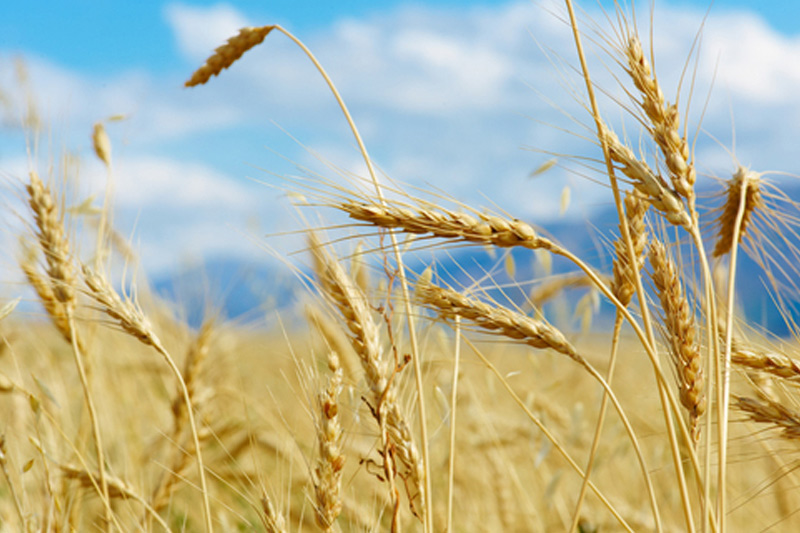Investing.com - U.S. wheat futures fell for the fourth consecutive session on Tuesday, as investors readjusted positions ahead of the U.S. Department of Agriculture’s closely-watched monthly crop supply and demand report due later in the session.
On the Chicago Mercantile Exchange, U.S. wheat for September delivery hit a daily low of $5.3940 a bushel, the weakest since August 5, before trimming losses to last trade at $5.4088 during U.S. morning hours, down 1.01%, or 5.53 cents.
A day earlier, wheat prices lost 0.5%, or 2.6 cents, to end at $5.4640 a bushel.
The USDA was expected to say that U.S. farmers will harvest 2.015 billion bushels in the current marketing season, up from 1.992 billion bushels forecast by the USDA last month.
Market analysts expect the agency to raise its estimate of global wheat production to a three-year high of 190.81 million metric tons before the 2015 Northern Hemisphere harvest.
Prices of the grain fell to a four-year low of $5.1840 a bushel on July 29, as harvest progress in the northern hemisphere underlined the view of ample global supplies.
Meanwhile, U.S. corn for December delivery fell dipped 0.54%, or 2.0 cents, to trade at $3.6620 a bushel. Prices held in a narrow range between $3.5488 and $3.5588.
The December corn contract rallied 1.31%, or 4.6 cents, on Monday to settle at $3.6820 a bushel.
The USDA is expected to boost its corn harvest outlook to an all-time high, as near-ideal crop weather in the U.S. Midwest bolstered expectations for a big harvest this autumn.
Elsewhere on the CBOT, U.S. soybeans for November delivery shed 0.35%, or 3.6 cents, to trade at $10.6940 a bushel.
A day earlier, prices of the oilseed dropped 1.06%, or 11.4 cents, to end at $10.7320, amid speculation the USDA will lift its soybean forecast after generally favorable growing weather.
Prices of the oilseed slumped to a 45-month low of $10.5400 a bushel on August 4 as indications of ample global supplies drove prices lower.
Corn is the biggest U.S. crop, followed by soybeans, government figures show. Wheat was fourth, behind hay.
